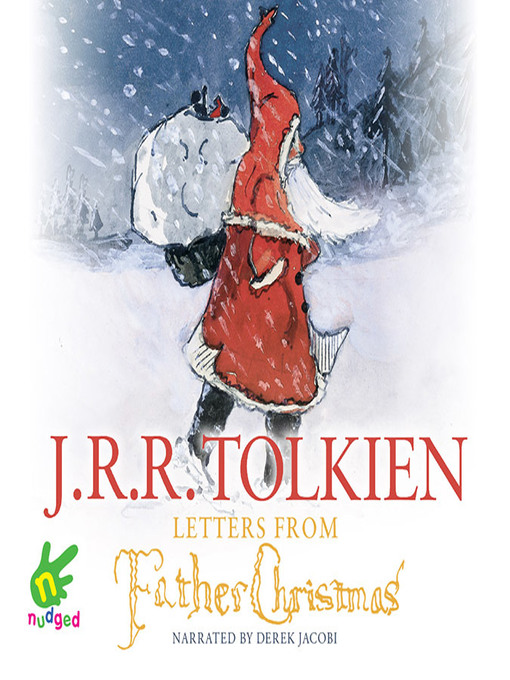

He was getting quite long and thin with hunger, as he had been in the caves about a fortnight … At the top of my ‘Christmas card’ is a picture, imaginary, but more or less as it really is, of me arriving over Oxford. Of course the goblins went off into the deepest holes and corners, and we soon found Polar Bear. I knew they were there, but not how many or how big they were. They live underground, they are keen on tunnelling, and they are a perennial threat to Christmas.Ĭhristmas, 1932: ‘The caves are wonderful. Indeed, the goblins themselves are precursors of the Goblins in The Hobbit, and later the Orcs.

Some of the Christmas elves were fierce warriors, giving the evil goblins a run for their money in battle. But despite the fact that these are diminutive, jolly elves with pointed hats (a far cry from those of The Lord of the Rings) they belong to different kindreds: Snow Elves, Red Elves or Gnomes, Green Elves – not unlike the High Elves, Silvan Elves and others in The Lord of the Rings. So of course we get elves in Tolkien’s North Pole. But he also takes his Father Christmas in different directions, gravitating towards his own mythology of Middle-earth, which was developing in parallel. Tolkien borrows freely from all of this American pop culture which, by the end of the 19th century, had migrated to Britain and was immensely popular. The imagery of Santa Claus was enhanced by German-American illustrator Thomas Nast, who provided Santa with elf helpers and a toy workshop, and portrayed him living in the North Pole and in regular receipt of children’s letters.

And although Tolkien retained the English name for his protagonist, there was a lot of popular American-derived folklore associated with his Father Christmas. Mark Twain famously wrote a letter from “Santa Claus” to his elder daughter, Susie Clemens. Tolkien was not the first author to produce letters from Father Christmas for his children. In 2018, the Bodleian Libraries at Oxford will exhibit the letters, alongside other manuscripts, artwork, maps, letters and artefacts from Tolkien collections around the world. It would be written in his spidery hand (he would, after all, be a very old man) and illustrated with funny scenes from life in the North Pole.

So inevitably, his family traditions were something rather special.Įvery year, from 1920 to 1942, the Tolkien children – first John, and later Michael, Christopher and Priscilla – would receive a letter from Father Christmas. Yet this was a man whose rich imagination brought to life an entire world with thousands of years of legendary history described different orders of creatures, wars and battles even invented languages. Tolkien dedicated considerable time and effort to making Christmas a joyful time for his young children.


 0 kommentar(er)
0 kommentar(er)
